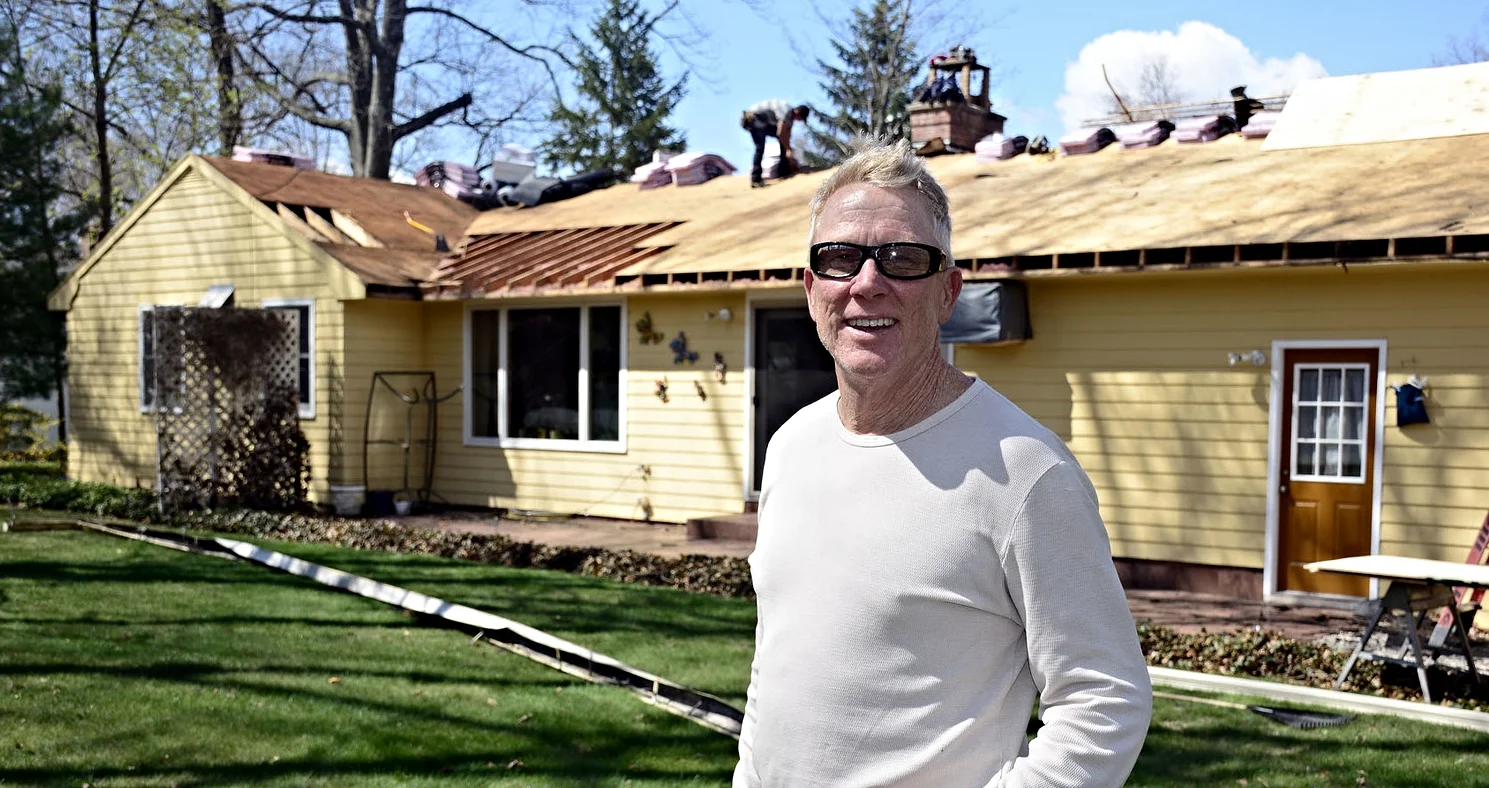Home Heating Stoves Make for a Cozy Winter
Chelsea O'Donnell
A beautiful fireplace adds both warmth and ambiance to any home, especially as the days get cooler and we begin spending more time indoors. Back in the day, the only option for a fireplace was one that burned wood, but now we have several options to keep us toasty - each with its benefits and drawbacks. If you’re thinking about upgrading your fireplace or trying something new, here are a few options to consider.
Wood
The classic choice. There are so many reasons to love wood from the traditional crackling sound that it makes to the hypnotic dancing of natural flames. I consider wood to be the fastest heater for the money in that you can quickly warm up a home without having to worry about your electricity bills. Another reason to love wood is if you have it. For rural or wooded area homes that need an annual clean-up, your fuel is free as long as you don’t mind the man hours. Think of it as a great workout.
Of course, with the pros come the cons. If you don’t have wood readily available, this kind of burner can get very expensive. If you do, you still have to cut and stack it yourself. It also needs to stay dry in order to light reliably. Wood is also pretty messy and while those piles can look great if they are well constructed, they also make perfect homes for rodents, termites, and mold. Finally, there is the efficiency factor. Wood burns hot and fast and regulating temperature is a lot tougher than other heating methods. Wood also emits particles into the air, which could affect people with breathing problems or asthma. And of course, there is also the need for a chimney which may make it prohibitive for some people.
Pellet
A pellet fireplace or stove uses small, compressed cylinders of sawdust to heat the home. What’s great about pellet stoves is that they are temperature regulated and don’t require a traditional chimney since many stoves use blowers to circulate heat. Another reason to love them is their efficiency. Because heat can be regulated and pellets are easier to maneuver, most homeowners can expect a cleaner, less labor-intensive burn.
Of course, pellet stoves have a few negative aspects to consider. While cleaner burning than wood, pellets are made from sawdust, which will bother people who are sensitive to dust, dander, and pollen. Similar to wood, there is also ash to consider, which needs to be dumped regularly to keep the fire burning efficiently. Pellet stoves are generally more intricate than a wood fireplace, which means there is more to clean and maintain. Finally, most stoves run on electricity which means you’re paying for both the pellets and the energy to burn them.
Natural Gas
Natural gas fireplaces have become one of the most popular options today, mainly because a unit can be fit into an existing fireplace or practically anywhere in the home. People love gas because it’s fast to heat, easy to control, and doesn’t require a chimney or electricity. Simply set the temperature you want and you’re ready to go. In comparison to wood or pellets, natural gas emits the least amount of particles, making it a popular choice for people who have breathing sensitivities. As long as your house already has natural gas, the set up is really easy and you don’t have to worry about buying anything to keep your home warm.
While natural gas does tick plenty of boxes, there are a few things to think about. Admittedly, natural gas flames are the most boring and predictable, making it the least ambiance-friendly option of the three. Of course, you’re also burning a fossil fuel, which is inexpensive right now but can always go up. Finally, if you don’t already have a gas line, you’ll need to get one installed, which might end up being more of a hassle than it’s worth.
Bob O’Donnell is the owner of O’Donnell Bros. Inc., a Bristol-based home improvement company established in 1975. Email your questions to info@odonnellbros.com with the subject line “Ask the Pro.” All questions may be considered for publication. To contact Bob for your remodeling needs, call O’Donnell Bros. Inc. at (860) 589-5155 or visit http://www.odonnellbros.com. Advice is for guidance only.
